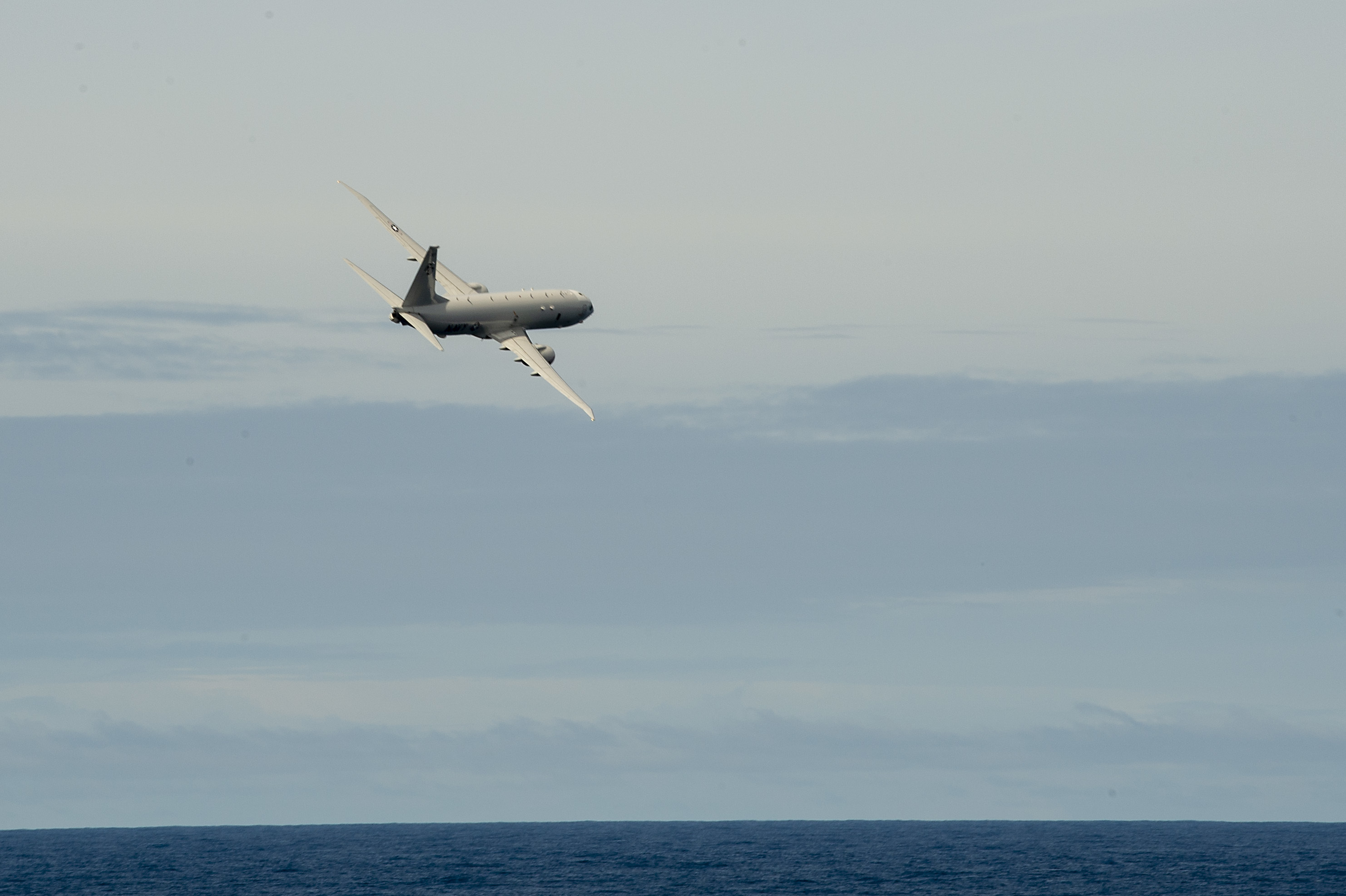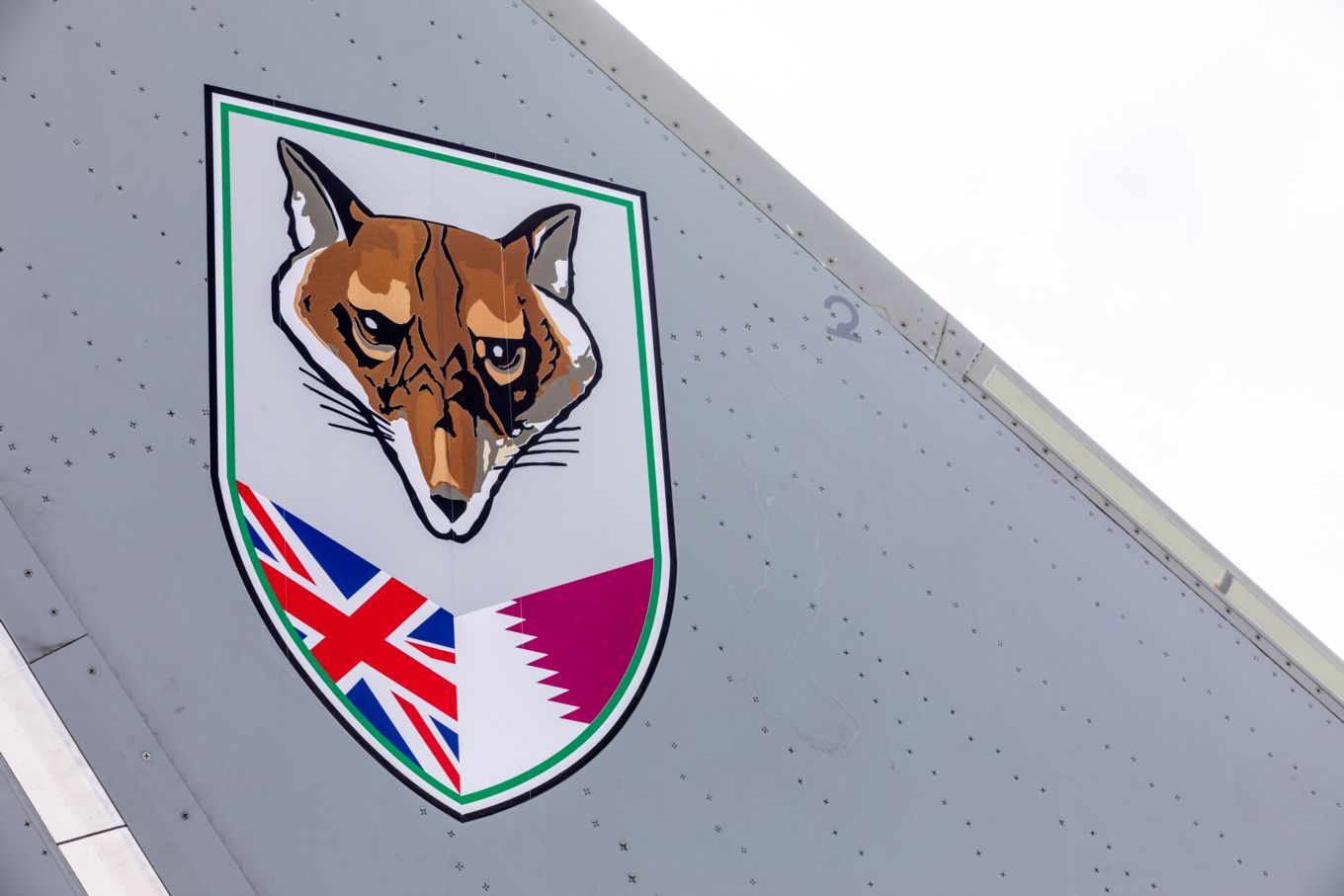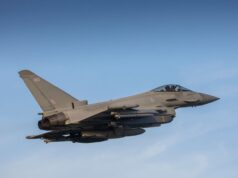Data generated by Forecast International indicates that a number of planned new-start acquisition programs will kick-start demand in the long term in the light military rotorcraft market.
Forecast International projects that 1,630 light military rotorcraft will be produced during the 15-year timeframe between 2018 and 2032.
The value of this production is estimated at $24.4 billion. In general, the Connecticut-based defence intelligence firm defines a light military rotorcraft as having a maximum gross weight of less than 6,804 kilograms (15,000 lb).
“Production of light military rotorcraft is forecast to decline to 146 units in 2018, from 211 in 2017. A rebound to 154 units is expected in 2019, but annual output is then projected to decline over the next several years, reaching double-digit levels for the first time since 2006. In 2026, however, annual production is projected to once again begin rising, returning to triple digits by 2029 and remaining there for the remainder of the forecast period.
The near-term decline is due to current re-equipment cycles coming to an end in the U.S. and much of Europe. But the long-term outlook is considerably brighter.”
According to Forecast International senior aerospace analyst Raymond Jaworowski:
“Driving the return to market growth in the long term of our forecast will be production ramp-ups for such new programs as the French military’s Helicoptere Interarmees Leger (HIL) program, the South Korean Army’s Light Armed Helicopter (LAH) effort, and the U.S. Army’s Future Attack Reconnaissance Aircraft (FARA) project.
The Airbus Helicopters H160M has been selected for the HIL program, while the LAH is being developed by Korea Aerospace Industries (KAI) from the Airbus Helicopters H155. Contractor selection for the FARA program, though, is only in the earliest stages. The FARA platform is intended to fill the armed scout role for the U.S. Army, and could also be used to replace various other light helicopters in U.S. military fleets. Jaworowski stated, “The manufacturer selected to produce the FARA platform will find itself in a position to possibly garner orders for hundreds of rotorcraft for the U.S. military, with export sales potentially adding to this total.”
Forecast International is a major provider of ‘Market Intelligence and Consulting in the areas of aerospace, defence, power systems and military electronics’.













You would think the Wild Cat would be well placed to take advantage of this but I always get the impression Leonardo pushes its Italian products harder than those produced in the UK for export.
I thought South Korea had already purchased a couple of Wild Cats so not sure why they are developing another similar model that looks more like the French Dophine or the newer H160M, can’t they just produce the Wild Cat under licence for commonality?
Does anyone know if the AW149 production line is still running now the MOD has recieved all of the units ordered?
This is one of the many reasons why it is not a good idea to sell practically everything to foreign companies, this has been done systematically in Britain whilst countries like France, Germany, Italy, Japan, etc. most certainly have not done this. We need to get more British industry back in British hands and should make a point of buying back some famous British names when they become available, which they will at some point.
Is this why Bae are second only to Lockheed and we are second in the world in terms of defence exports?
I think the study is looking at what I would call Light-Medium Utility helis, or what the USA terms Capability Set 2, basically a battlefield utility heli around the 6-ton class. That is the level below the 10-ton Black Hawk, NH-90, AW149 etc.
The only such aircraft in UK military service at the moment are the 5 x old Bell 212s and 5 x Special Forces’ Dauphin 2s. The Wildcat doesn’t really fit the bill here. These helis and the modern contenders like the Airbus H160, Airbus H155, AW 139 etc are all able to carry a dozen troops and big enough to fit 4-6 stretchers for Casevac and CSAR, as well as shifting a good underslung load around the battlefield.
Wildcat seats 5 max, so can’t do most of these tasks. It is also very pricey, apparently £28m flyaway cost, compared to under £20m for the AW139. It is always a problem designing a hybrid to fit two roles, as happened with Wildcat (and Merlin). For the army light reconnaissance/observation/scout role, which was the original purpose of the Wildcat, the general weight class for the old Gazelle, Kiowa or Colibri, or the new Boeing AH6i, is around 2 tons. The role requires a small, speedy, stealthy heli. Wildcat weighs in at three times that weight, because it was also tasked with being a naval ASW heli, with a completely different set of weight requirements which skewed its scout role.
It has not has any army export orders and only a dozen naval ones so far. (It is still in production, delivering 2 helis to the Philippine Navy this year, it’s the AW159 by the way, not 149).
I hope the MOD and defence politicians will learn the lessons from Merlin and Wildcat. For the small Bell/Dauphin replacement, please get a proven, off-the-shelf battlefield heli – the AW139 would fit fine and maybe create some work for Westland, which badly needs it. Ditto for the more immediate Puma successor, where the AW149 or one of the US contenders would fit the bill. Ditto again for the small Gazelle replacement in the scout role. There is no mileage in small production runs of hybrid land-sea bespoke helis that cost a packet and have little export potential.
Funny enough Bell unveiled its V-247 Vigilant Tilt-Rotor Combat Drone last week:
http://www.thedrive.com/the-war-zone/23835/bell-unveils-v-247-vigilant-tilt-rotor-combat-drone-mock-up-at-usmc-tech-expo
From what I can see everybody bar the yanks are going down the easier evolutionary path.
We should be partnering with the USMC on their MUX Project as a parallel program to the F35B. We both need these for our no-cats no-traps carriers.
Looks like a marriage made in heaven.
That does look a good prospect… a few of those configured for AEW would be very welcome I suspect.
Its a shame they Can’t get the price of the V-22 down any further. That might make them a more realistic option to cover AEW, COD and refuelling, which seem to be a limiting factor at the moment.
Wasn’t mentioned in the article, but the US Army’s Future Vertical Lift program is really the one to keep an eye on.
I can see widespread uses for both of these aircraft… Bell’s and Sikorsky’s. Amazing.
https://breakingdefense.com/2018/10/sb1-defiant-will-be-worth-the-wait-sikorsky-boeing/
Cheers!